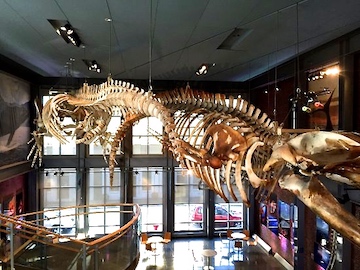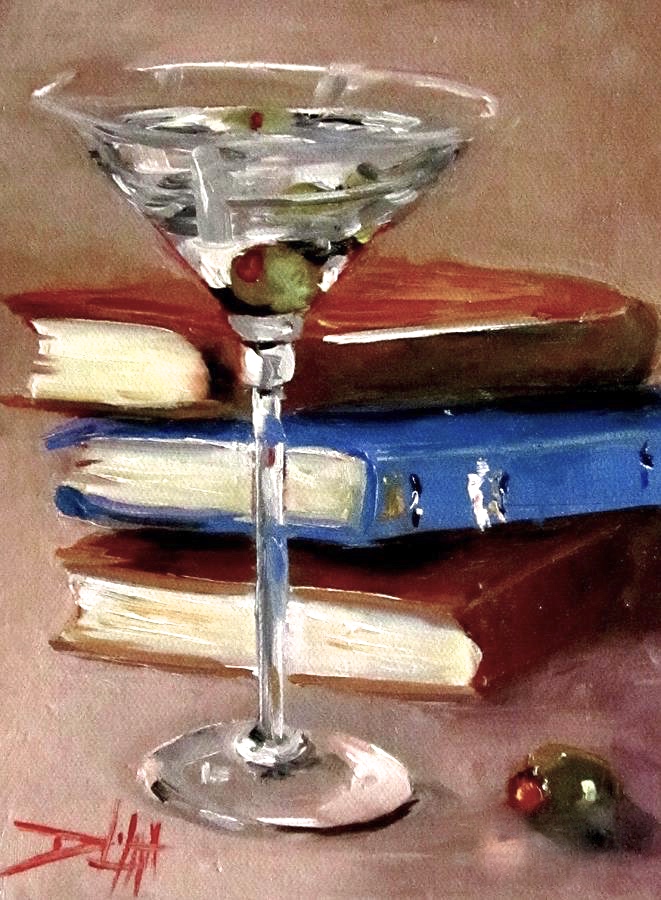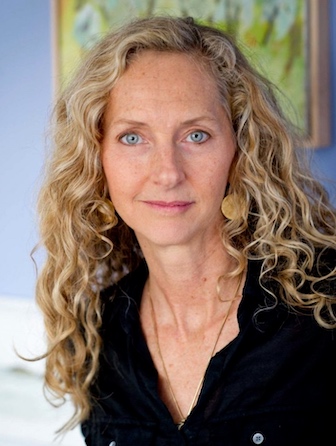“The [investigation] took us nearly five years of scouring the globe, looking for reports that had been lost or misfiled and witnesses who had never been consulted. In the end, our talented, dedicated team of investigators, researchers, and volunteers met our goal: to figure out what happened [to Anne Frank and her family] at Prinsengracht 263 [on August 4, 1944]… A dismissed piece of evidence ended up being the key.” – Vince Pankoke, Director of Investigation.
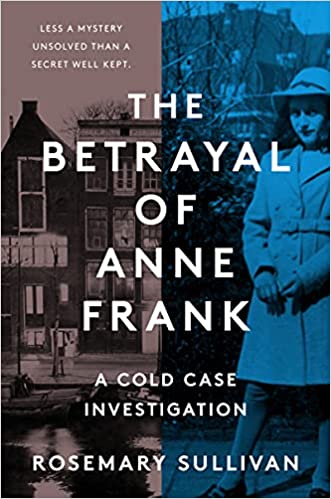 When Anne Frank, her family, and four other Jewish residents were discovered hiding from the Nazi terror in Amsterdam at Prinsengracht 263 in August, 1944, they had spent twenty-six months living apart from the rest of the world. Occupying the upper floors of the Annex to the building in which her father, Otto Frank, had a business, they slept by day and “lived” quietly by night. A few close friends on the outside provided them with food and filled other needs, until they were suddenly “discovered” by a previously unidentified person who provided information to the occupying forces. All the residents were then sent to German concentration camps. In a bitter irony, Anne, her sister, and her parents were all on the last train of prisoners ever sent to Auschwitz. Her father, Otto, who was separated from them, is the only person from their group to survive the horrors of the camps, and when he eventually returned to Amsterdam after the war, he was able to take possession of Anne’s diary, which she had written during her time in hiding. Family friend Miep Gies, who had found the diary in the Franks’ former refuge, had saved it for the family for when they might return. For Otto it was a bittersweet moment, which expanded when he was able to get it published in Amsterdam in 1947. Published again, this time in English in 1952, it was made into a Pulitzer Prize-winning play in 1955 and an AcademyAward-winning film in 1959.
When Anne Frank, her family, and four other Jewish residents were discovered hiding from the Nazi terror in Amsterdam at Prinsengracht 263 in August, 1944, they had spent twenty-six months living apart from the rest of the world. Occupying the upper floors of the Annex to the building in which her father, Otto Frank, had a business, they slept by day and “lived” quietly by night. A few close friends on the outside provided them with food and filled other needs, until they were suddenly “discovered” by a previously unidentified person who provided information to the occupying forces. All the residents were then sent to German concentration camps. In a bitter irony, Anne, her sister, and her parents were all on the last train of prisoners ever sent to Auschwitz. Her father, Otto, who was separated from them, is the only person from their group to survive the horrors of the camps, and when he eventually returned to Amsterdam after the war, he was able to take possession of Anne’s diary, which she had written during her time in hiding. Family friend Miep Gies, who had found the diary in the Franks’ former refuge, had saved it for the family for when they might return. For Otto it was a bittersweet moment, which expanded when he was able to get it published in Amsterdam in 1947. Published again, this time in English in 1952, it was made into a Pulitzer Prize-winning play in 1955 and an AcademyAward-winning film in 1959.
In 2016, Thijs Bayens, a Dutch film maker, began researching Anne Frank’s story for a documentary updating it and filling in some blanks for a contemporary audience He asked journalist Pieter van Twisk to join him in the project, which, by 2018, was employing twenty-two professional consultants attempting to identify Anne Frank’s betrayer and the circumstances surrounding the capture of the family and their four friends. As this book begins, Canadian author-poet Rosemary Sullivan has just arrived in Amsterdam to meet with Thijs Bayens and the “Cold Case Team” to review their progress toward a discovery of the betrayer. As Bayens notes, “Of the 140,000 Jews living in the Netherlands [when the war began], 107,000 were deported, and only 5,500 returned.” The group decides to hire someone from outside the Netherlands to help with the increasingly complex investigation. Vince Pankoke, a retired FBI agent from the US, was hired to be Director of Investigation, as the group dealt with three versions of the Anne Frank story: what she says in the original journal; the version she rewrote with an eye to getting it published someday; and the further, final, diary, probably edited with the added help of Otto Frank, the version now known all over the world.
Author Rosemary Sullivan devotes the first third of her book to revisiting the lives of Anne Frank, her family, and her fellow occupants of the Annex at Prinsengracht 263. German Jews who had moved to Amsterdam when Hitler came to power in Germany, the Franks had hoped to go to the US eventually, but they also recognized the importance of remaining as anonymous as possible. When the war became increasingly dangerous, Otto Frank, the father, turned ownership of his business and the Prinsengracht building to Jan Gies, a member of the Resistance who was married to Miep Gies, a friend of the family who had worked for Otto. For the whole time that the Franks were in hiding, Miep provided most of the food and milk for the family, and she visited them regularly, their main connection to the outside world. The possibility of of the Franks emigrating to the US suddenly became impossible when daughter Margot, then sixteen, received a notice to report to a labor camp in Germany on July, 5, 1942. The family wasted no time, moving immediately into the Annex and essentially vanishing from the city, connected to it primarily through Miep Gies. Life for Jews in the Netherlands became even more difficult over the next two years of the Franks’ seclusion. As the author points out, “By September, 1943, the city would be declared Jew free.”

Former FBI investigator and Director of Investigation for this study, Vince Pankoke. Photo by Joel Mason Gaines
The second half of the book deals with the “Cold Case” investigation, under former FBI Investigator, Vince Pankoke. He ensured that the most modern computer programs were used to sift through thousands of documents, make connections, and check details. A company from Amsterdam offered to provide the foundation for an Artificial Intelligence program which Microsoft then developed to help sift through the team’s research. Pankoke reached out to pioneer behavioral scientist Dr. Roger Depue, who had also worked for the FBI, to help select the most effective approach to handling all the data, which included several recently published theories regarding who was really responsible for the betrayal of the Franks. Pankoke spent months at the time in Amsterdam organizing the investigative files, checking the National Archives, and hunting down records and files that, by this time, were scattered around the world. “The team ended up scouring the globe, eventually finding records in Austria, Canada, German, Great Britain, Israel, Russia, the US and, of course, the Netherlands” in an effort to provide the whole truth regarding the fate of Anne Frank and most of her family.
Ultimately, one person does emerge here as the guilty party, a fact which has made the book controversial to some readers who have questioned the accuracy of the research and naming of one person without enough specific data. Most readers, however, will be astonished at the level of detail and the years spent by the large number of dedicated professionals who traced the contacts which made possible the arrest of the Franks and their friends. Those who have read and identified with the author of The Diary of Anne Frank will not want to miss this lengthy new study of the diary and its circumstances.
Photos. The author photo appears in https://www.theglobeandmail.com
Anne Frank’s portrait at age twelve or thirteen is from https://www.childrensmuseum.org
Vince Pankoke, Director of Investigation, is shown in a photo by Joel Mason Gaines, from the Tribune Democrat, Johnstown, PA. https://www.tribdem.com
The building at Prinsengracht 263, in which the Franks and four others occupied the Annex is shown canal-side here. The secret Annex was on the back. https://en.wikipedia.org
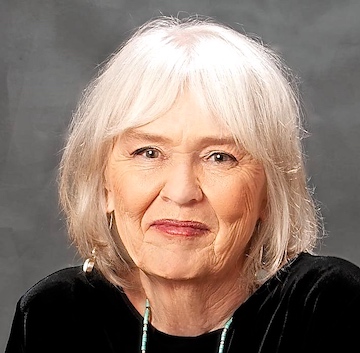
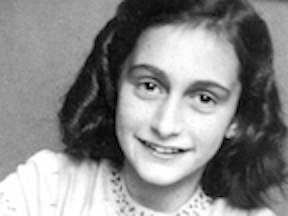
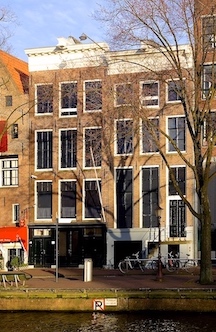
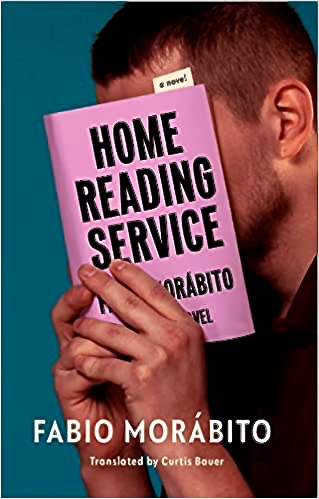 While this sentiment by Eduardo Valverde may not strike the reader as particularly “poetic,” it signals a new, positive direction in the speaker’s thinking.
While this sentiment by Eduardo Valverde may not strike the reader as particularly “poetic,” it signals a new, positive direction in the speaker’s thinking.
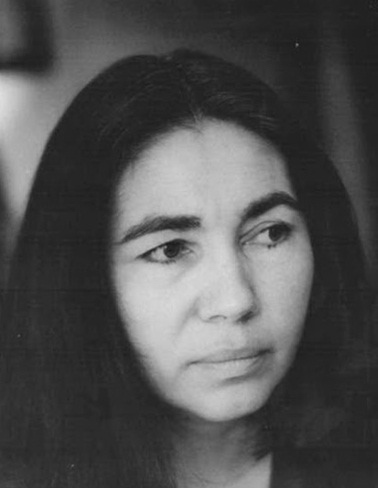


 Set in French Guinea this “tasty comedy of manners,” as Paris Match describes it, features Aurel Timescu as its antihero, a former Romanian now working for the consular service of the Embassy of France in French Guinea. “As a protest against the unjust fate that had exiled him to this African capital…he dressed as he would have for the middle of winter in Paris.” Pinstriped suits, pointed collar shirts, a red and green-striped necktie, and a customary double-breasted tweed coat gave him an unusual formal look, and in this outfit he was more than a little fortunate because he “did not sweat.”
Set in French Guinea this “tasty comedy of manners,” as Paris Match describes it, features Aurel Timescu as its antihero, a former Romanian now working for the consular service of the Embassy of France in French Guinea. “As a protest against the unjust fate that had exiled him to this African capital…he dressed as he would have for the middle of winter in Paris.” Pinstriped suits, pointed collar shirts, a red and green-striped necktie, and a customary double-breasted tweed coat gave him an unusual formal look, and in this outfit he was more than a little fortunate because he “did not sweat.”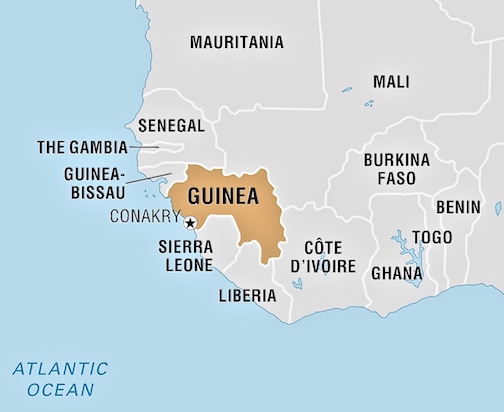
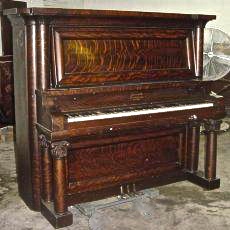


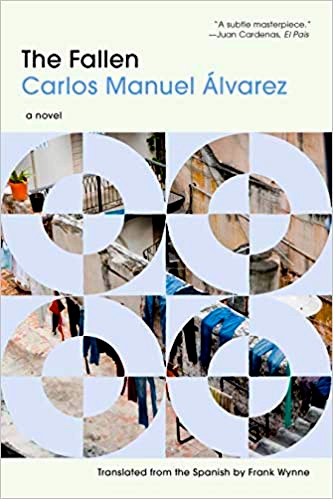 Set in contemporary Cuba, and focused on “ordinary” citizens trying to make ends meet so that they can enjoy their “freedoms” and their personal lives, author Carlos Manuel Álvarez writes his debut novel almost as if it were an opera.
Set in contemporary Cuba, and focused on “ordinary” citizens trying to make ends meet so that they can enjoy their “freedoms” and their personal lives, author Carlos Manuel Álvarez writes his debut novel almost as if it were an opera.

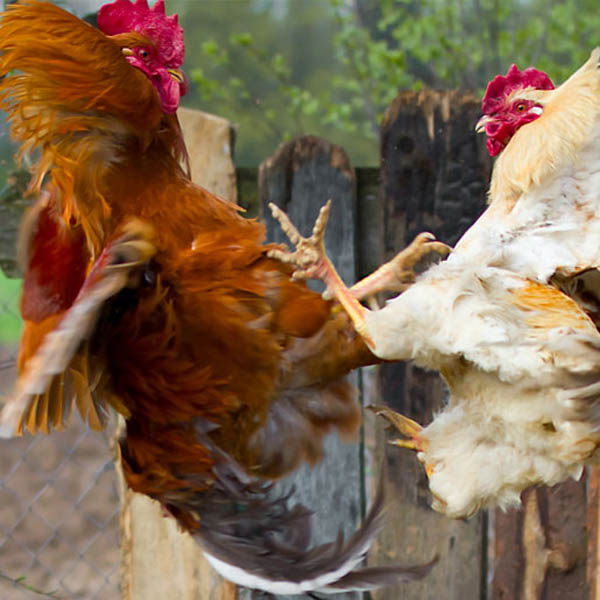
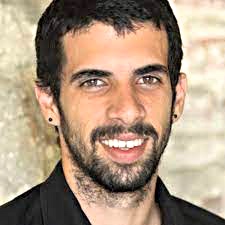
 Author Lily King, a widely honored author of novels, has just published her first collection of stories, Five Tuesdays in Winter, and what a collection it is.
Author Lily King, a widely honored author of novels, has just published her first collection of stories, Five Tuesdays in Winter, and what a collection it is.